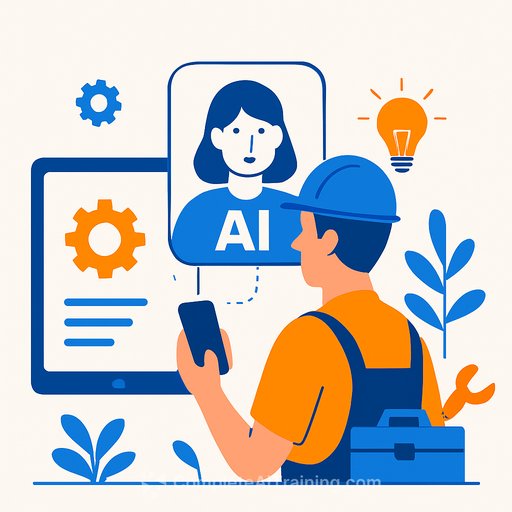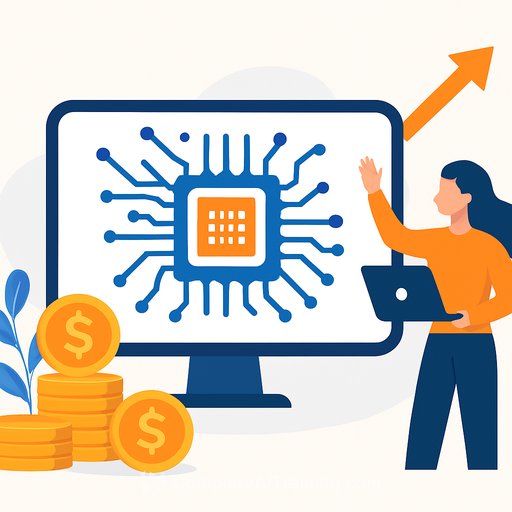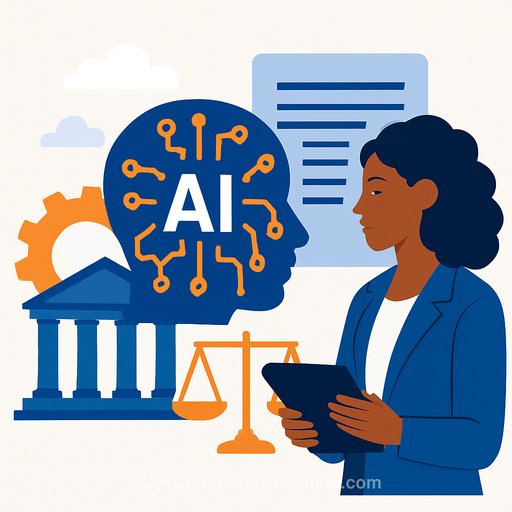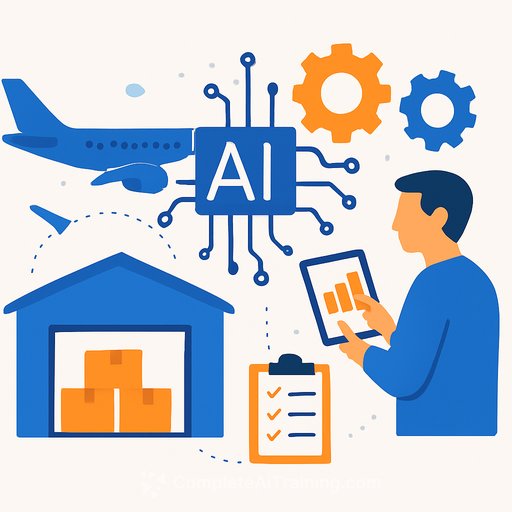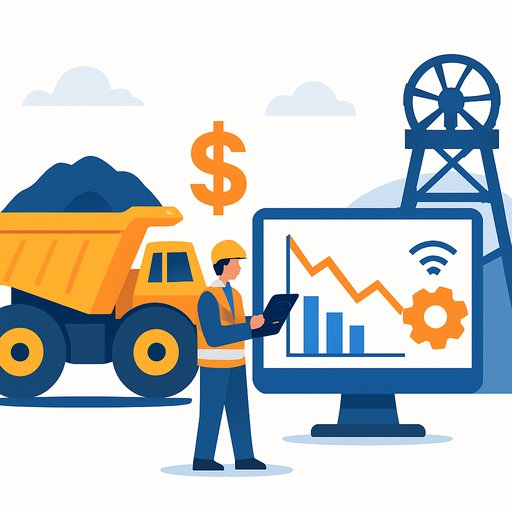Vodafone brings AI to the field: faster fixes, fewer repeat visits, stronger customer trust
Vodafone has launched Field Technician Assist, an AI-driven assistant built with Celfocus that helps engineers resolve faults on the first visit. The goal is straightforward: improve technician productivity, reduce repeat site interventions, and lift customer satisfaction-without adding headcount.
The system blends Generative AI with machine learning to support decisions in real time. It ranks the top three next-best actions for a given job using historical interventions, performance parameters, and relevant technical documentation.
Early results operations leaders care about
- Fewer second visits: early pilots show the assistant helps cut roughly one in four second visits.
- Faster resolution: guided diagnostics and step-by-step actions shorten time to fix.
- Higher productivity: technicians spend less time searching for answers and more time closing jobs.
- Customer retention: better first-time fix rates support lower churn.
How it works in the field
On site, technicians receive three prioritized actions based on similar cases and device or network signals. Instead of paging through manuals or phoning back office, they get context-aware guidance that adjusts as they log steps and outcomes.
The system learns from every job. Real-time feedback loops-what worked, what didn't-continually improve recommendations for the next technician facing a similar fault.
Built to scale across markets
The architecture is built for reuse across Vodafone markets. It supports continuous model updates and lays the groundwork for the next wave of AI, including Retrieval-Augmented Generation (RAG) and agentic approaches for autonomous decisions and proactive issue resolution. Multiple markets are already piloting the solution.
Leadership perspective
"By equipping our technicians with AI-driven intelligence, we are delivering a more agile, efficient, and personalised service. This strengthens both customer trust and Vodafone's leadership in digital service innovation," said Roxane Bubeck, Head of Customer Fulfilment EU Cluster & Commercialization Lead, Vodafone.
"This solution is a clear example of how AI can transform traditional operations into data-driven, customer-centric processes," added Carla Penedo, Executive Director of Cognitive Automation, Celfocus.
What to do next if you run Field Operations
- Start with your biggest drivers of second visits; define "first-time fix" and measure it consistently.
- Consolidate knowledge: past work orders, technician notes, device/network telemetry, and approved procedures.
- Deploy a closed-loop: capture technician feedback at job close, and feed it back into recommendations weekly.
- Integrate with scheduling and inventory so recommendations consider parts availability and time windows.
- Establish guardrails: approved actions, rollback steps, and clear accountability for changes to guidance.
Industry recognition
The Field Technician Assist case study was presented at DTW Ignite 2025 by Emilio Varas, Customer Fulfilment Head of AI and Operations Improvement at Vodafone, and João Miguel Antunes, Head of Autonomous Networks at Celfocus. The solution was also a finalist in the "Most Innovative AI Application to Enhance Customer Experience" category at the FutureNet World 2025 awards.
Learn more
Explore Celfocus' work across AI and automation: celfocus.com. For broader business coverage and industry analysis, visit Business Reporter.
If you're building AI capability inside Operations teams, you may find this practical certification useful: AI Automation Certification.
Your membership also unlocks:

